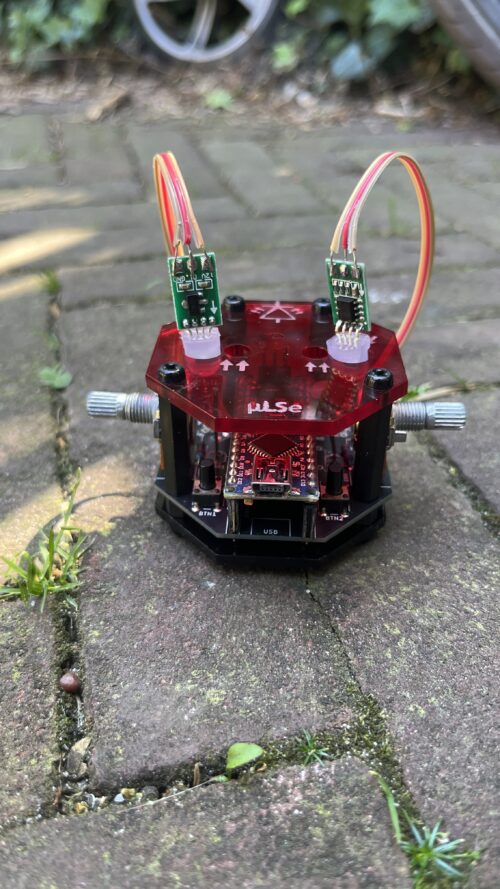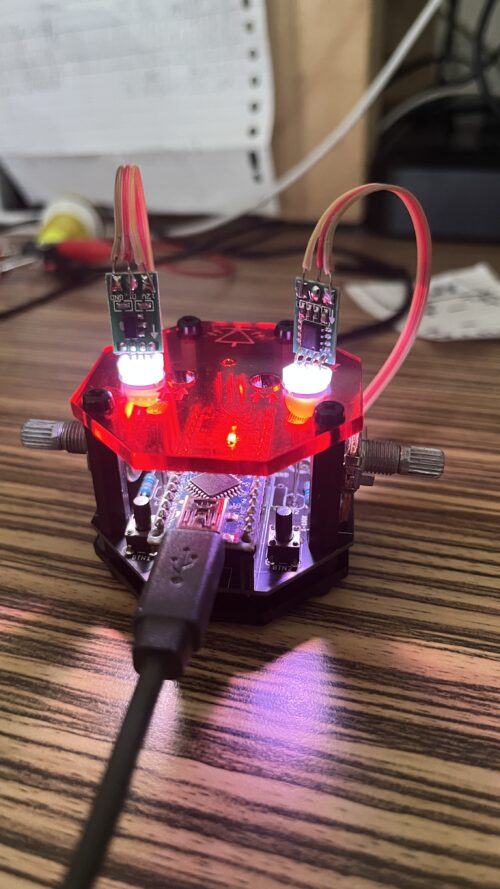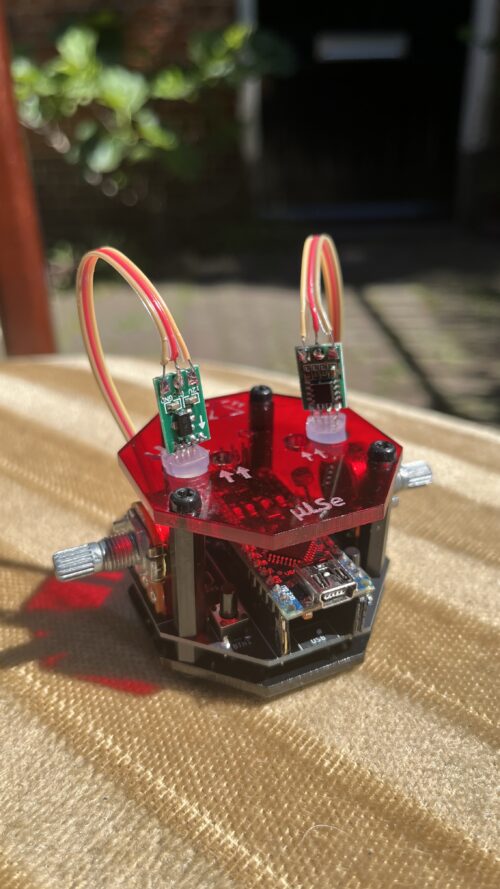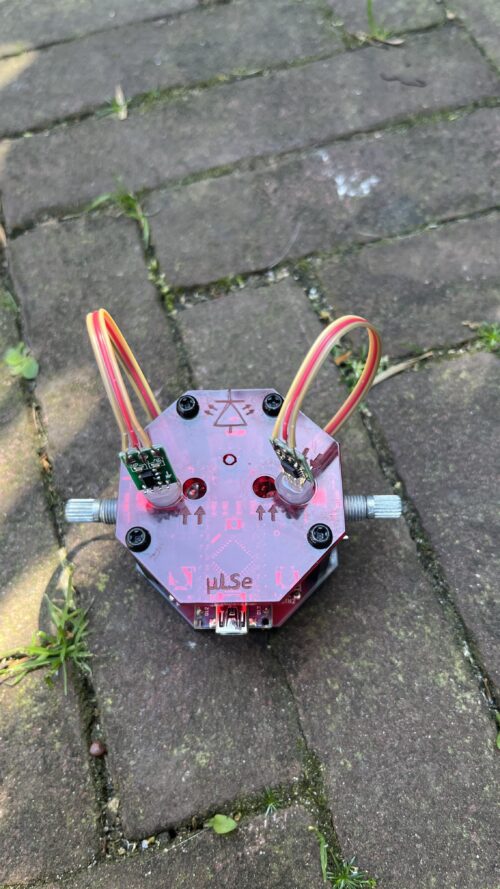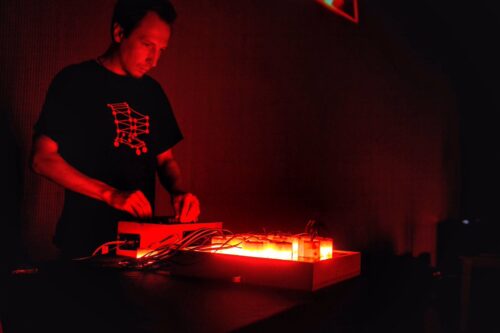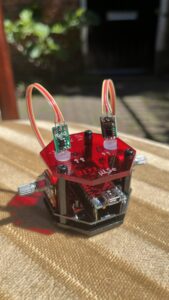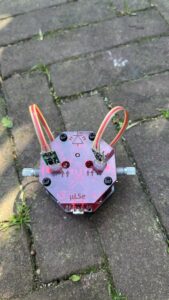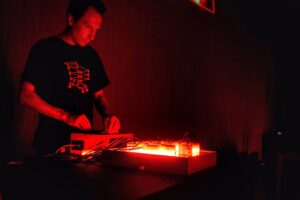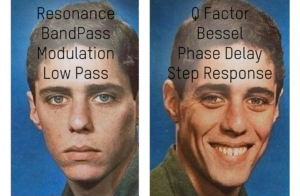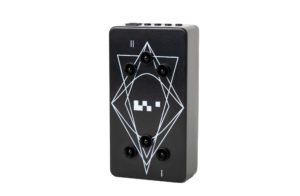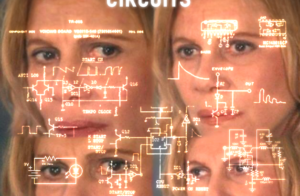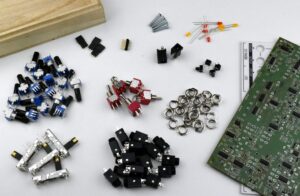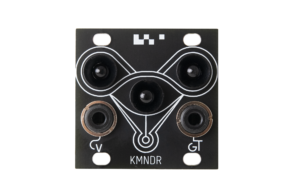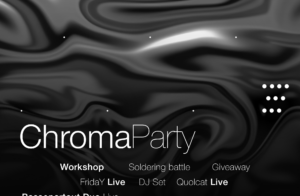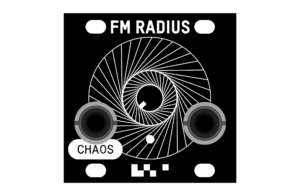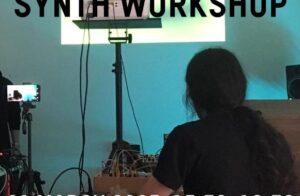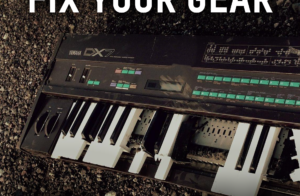µ-LSe (micro Light Sequencer) is a hands-on, Arduino-based sound device designed specifically for workshops. It introduces participants to the world of DIY electronics and experimental instrument design in a compact, accessible format.
µ-LSe is the smaller sibling of the LSe (Light Sequencer) which uses complex light sequences and 32 light sensors to generate and control sound. While the original LSe is powerful, it’s also costly and time-consuming to build. µ-LSe keeps the core concept of transforming light patterns into sound but distills it down into a fun, buildable project that fits into a few hours (and your hand).
The device features:
- 2 RGB LEDs and 2 light sensors for creating interactive light/sound patterns
- 2 buttons to switch sound and light modes
- A mini speaker (or piezo) for built-in audio playback
- A 3.5mm jack for external audio output
Workshop description
Intro / theory
We will start by looking at the Arduino platform, its history and examples of use. Next we will look at the basics of DIY electronics (components, tools) and skills that it involves (reading schematics, prototyping, soldering, using a multimeter). Then we will focus on Arduino IDE. In this part we will learn how to connect Arduino to a computer and to load some basic examples. I will also talk about the way each Arduino sketch is structured.
Practice
With all this knowledge and skills we will build a prototype of our synthesizer on a breadboard using basic components (potentiometers, sensors, buttons).
Troubleshooting
While working with electronics we often encounter problems; things don’t work as expected or not at all. But do not despair! This is part of the learning process. For that reason we will look at how to solve the most common problems.
In the meantime we will look at some interesting examples of projects made with Arduino, where to look for more information and what to build next. Once we have the instruments working we will look at ways to change how they sound by altering the code.
Last but not least we will start making some sounds, which is the whole point and the most fun part of the process.
Need to Bring
- Open eyes and ears
- Curiosity
- Laptop with Arduino software installed (optional)
Links
Arduino: https://www.arduino.cc/
Previous workshops:
- https://svitava.org/udalost/workshop-kacper-ziemianin-introduction-to-instrument-design-based-on-arduino/
- https://www.facebook.com/events/314185997194940/
- YT video (in Polish): https://www.youtube.com/watch?v=p3012qNIArM&t
About workshop facilitator
Kacper Ziemianin a.k.a. ‘Ctrl Freq’ has background in classical music and a lot of adventures in modern sound and music. He holds a Bachelor’s degree in Sonic Arts from Middlesex University and a Master’s degree in Sonology at the Royal Conservatory in The Hague, the Netherlands.
Sound designer, circuit bender, vagabond, improviser, producer, audio-hacker, instrument designer, nomad, radio presenter, workshop leader, squatter, soon-to-be a published writer. His audio works have been shown in many places around and outside of Europe.
Currently based in the Hague, NL working as a freelance instrument designer and performer as well as teacher of DIY electronics. His latest endeavor, the ‘LightSeq’ has received funding from Stimuleringsfonds NL and won an award at an international electronic music festival ‘Radical dB’ in Zaragoza, Spain.
Please follow https://linktr.ee/ctrl__freq for more information.

